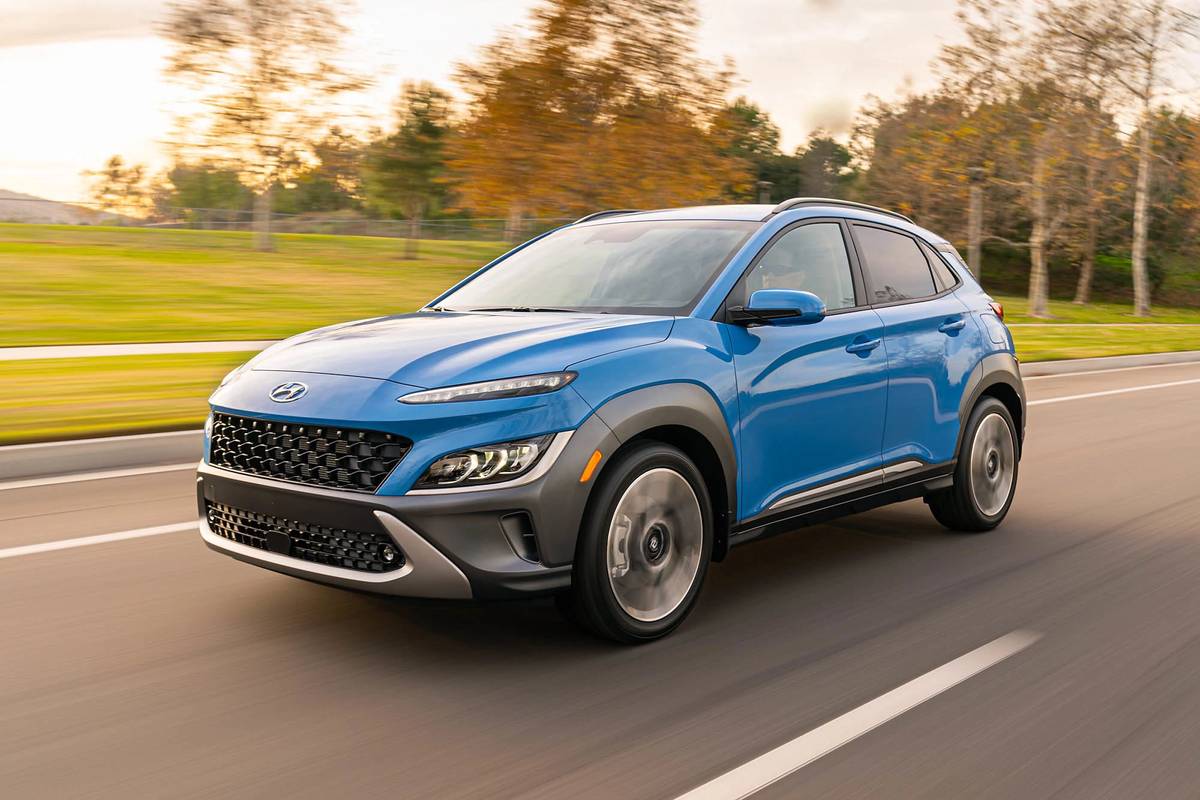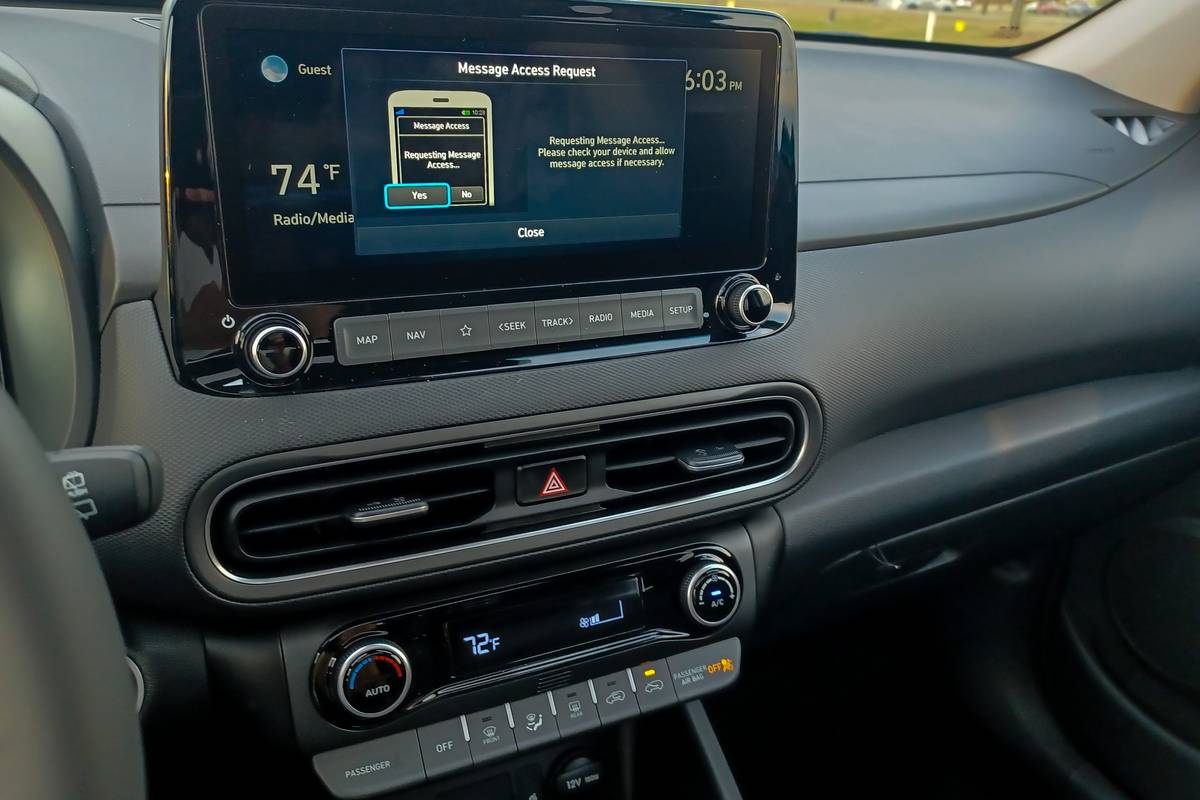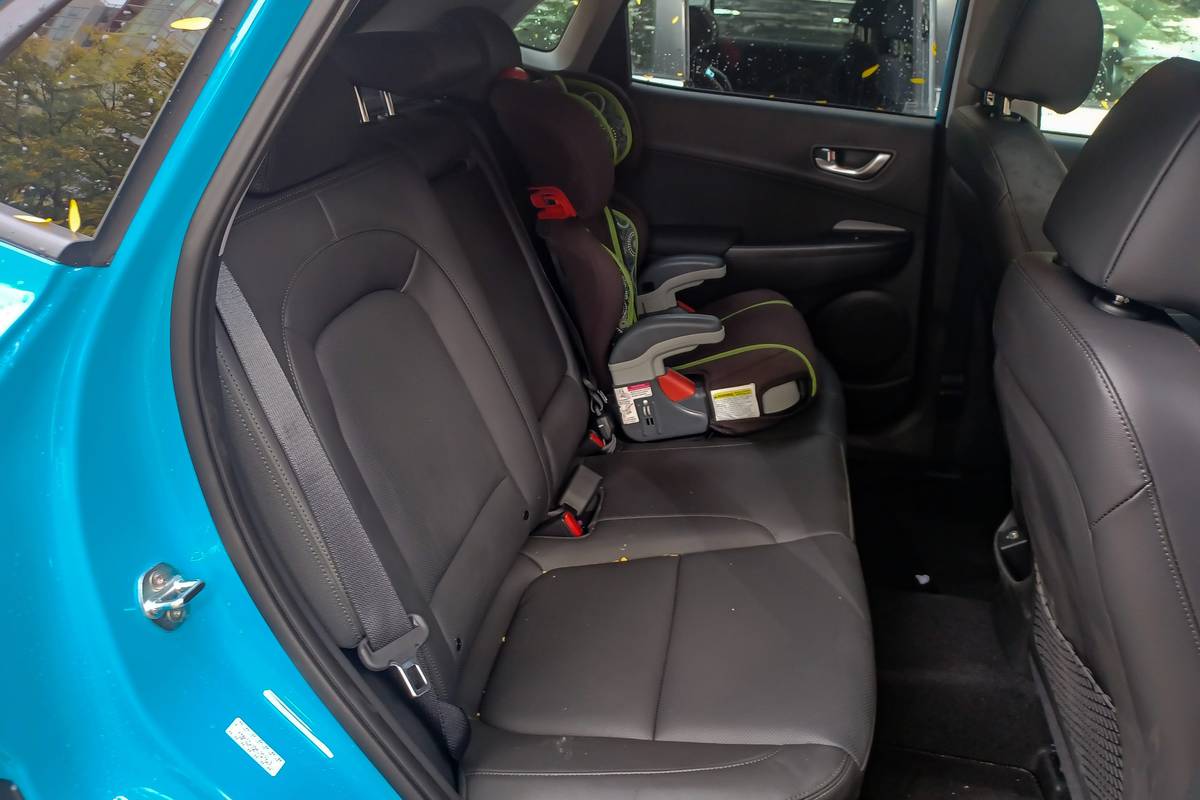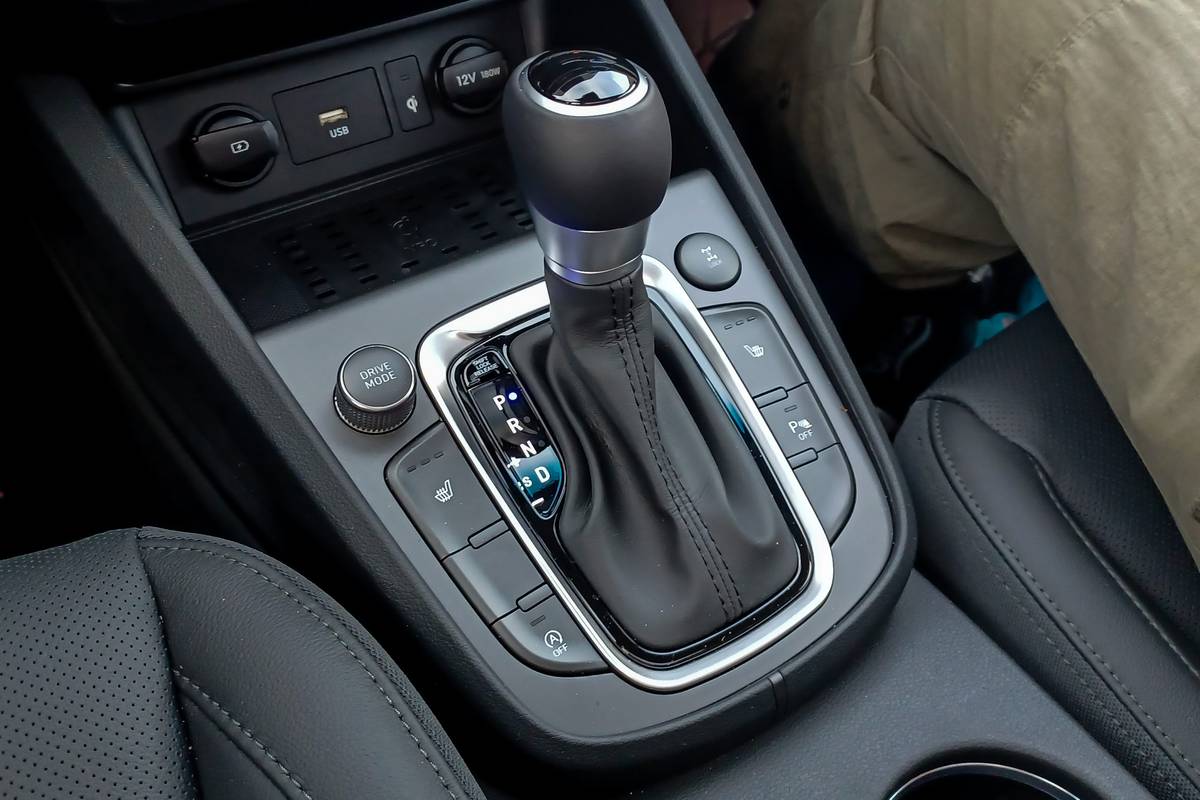2022 Hyundai Kona: 4 Things We Like and 4 We Don’t

Subcompact SUVs are hot these days, combining the features of their larger counterparts with city-friendly dimensions and wallet-friendly price tags. And few manufacturers have embraced the ever-growing category with as many choices as Hyundai.
The 2022 Hyundai Kona is available in four trim levels, ranging from a well-equipped base SE trim to the loaded Limited, along with a sporty N-Line version. An even more performance-focused Kona N model with 276 horsepower arrives soon.
Related: 2022 Hyundai Kona Review: A Cute-Ute Formula That Makes Sense
For now, you get a choice of three different powertrains, including an electric version in certain markets. The Kona is also available with all-wheel drive, making it more of a true SUV than some alternatives — like Hyundai’s subcompact quasi-SUV, the Venue.
Already an appealing package, the Kona was updated for 2022 with sharper styling, an upgraded multimedia system and more backseat room.
As good as it is, all is not perfect with the 2022 Hyundai Kona. For Cars.com’s complete evaluation of the Kona, tap the link above to read Jennifer Geiger’s complete review. But for a quick look at four things we like and four we don’t, read on.
Things We Like
1. Easy Handling
The Kona rides well for its size, absorbing bumps without as much of the choppiness often found with a subcompact. Controlled body motions and a suspension on the firm side help make the Kona engaging to drive, if not overly sporty, and a small turning circle helps with urban maneuverability.

2. Fuel Economy
The Kona offers a choice of engines: a base 2.0-liter four-cylinder (147 hp), a turbocharged 1.6-liter four-cylinder (195 hp), an all-electric powertrain in certain markets (201 hp) and, eventually, a turbo 2.0-liter (276 hp). With either the base or 1.6-liter turbo engines and front-wheel drive, the Kona returns an EPA-rated 32 combined mpg. That’s good enough to edge out competitors like the Honda HR-V (30 mpg combined with FWD) and the AWD-only Subaru Crosstrek (25 mpg combined in the manual base trim). With the larger engine and AWD, the Kona returns an EPA-rated 29 mpg combined.
3. Simple Controls
The Kona’s upgraded multimedia systems for 2022 include 8- and 10.25-inch touchscreens, which replace the previously standard 7-inch and optional 8-inch touchscreens. Thankfully, Hyundai didn’t make the switch completely to touchscreen controls, as it did in upper trim levels of the redesigned Tucson SUV. The Kona retains some conventional controls, with knobs for volume and tuning combined with simple touchscreen menus for most functions and a search function to help find others. The 8-inch unit now includes wireless Android Auto and Apple CarPlay integration, but the 10.25-inch system still requires a cable.

4. Value
With a starting price of $22,375 including destination and an additional $1,500 for AWD, the Kona is competitively priced for the category. That includes an impressive list of standard safety and convenience features, including a multimedia system and automatic emergency braking, along with additional equipment for 2022 like lane-centering steering, a driver attention monitor and a rear occupant reminder system. Our well-equipped Kona Limited test car with AWD came to $31,330 with optional floor mats.
Things We Don’t Like
1. Limited Room
Despite a modest increase in rear-passenger room for 2022, the Kona is a small SUV even by subcompact standards. That’s one trade-off for a small footprint that makes it easy to maneuver and park. The Kona offers less room in the backseat than either the HR-V or Crosstrek, and as-tested cargo room is also on the smaller side.

2. Underwhelming Interior Design
The Kona’s interior design is simple and functional, but don’t expect any styling breakthroughs. Interior design skews more toward utility than fashion, with a basic layout in various shades of black.
3. Powertrain Hiccups
Our test car’s 1.6-liter turbo four-cylinder got a welcome boost for 2022, adding 20 hp to bring the total to 195 hp. The increase helps make the Kona quick off the line and faster than competitors like the HR-V and Crosstrek. Shifts from Hyundai’s dual-clutch automatic proved quick and positive, if somewhat abrupt, but our biggest annoyance was the Kona’s tendency to be rough at idle, with a notable vibration that felt unrefined at best.

4. No Love for Android
As much as we like the Kona’s user-friendly multimedia system, the interface is less welcoming for Android users versus those in the Apple camp. When using Android Auto, much of the screen remains black, relegating the Android display to a much smaller piece of real estate than with Apple CarPlay. It’s worth noting this is not the first time we’ve seen this shortfall in Hyundai products and other cars.
More From Cars.com:
- Hyundai Updates the Kona, Kona EV for 2022: See What Changed
- 2022 Hyundai Kona Specs, Price, MPG & Reviews
- Here Are the 10 Cheapest New SUVs You Can Buy Right Now
- What’s the Best Affordable Small SUV?
- Hyundai’s Kona Gets Racier With 2022 Kona N
Related Video:
Cars.com’s Editorial department is your source for automotive news and reviews. In line with Cars.com’s long-standing ethics policy, editors and reviewers don’t accept gifts or free trips from automakers. The Editorial department is independent of Cars.com’s advertising, sales and sponsored content departments.
Featured stories




